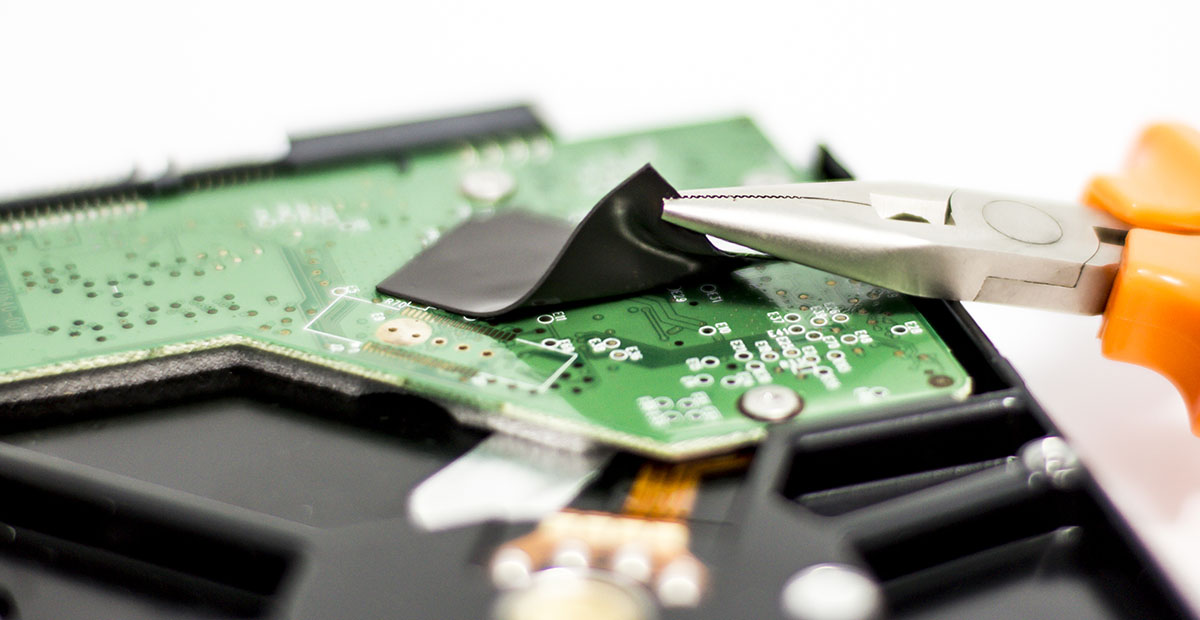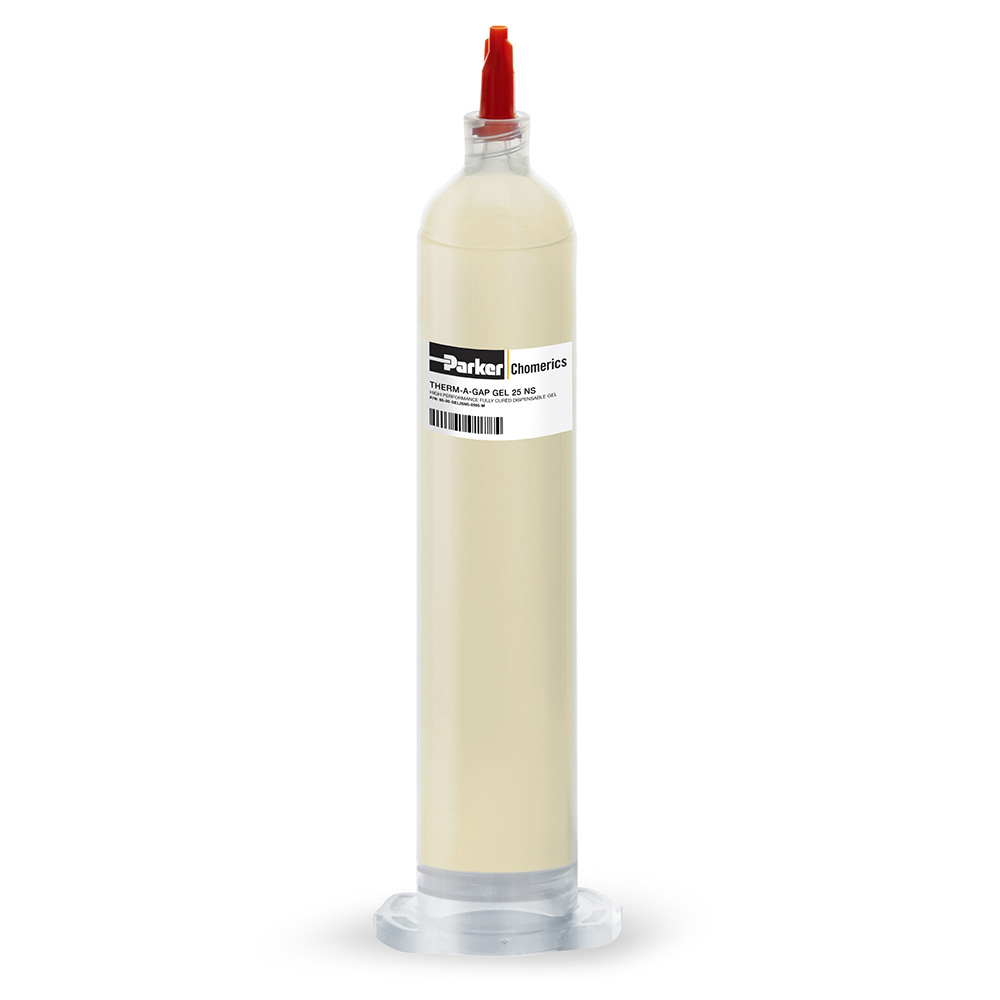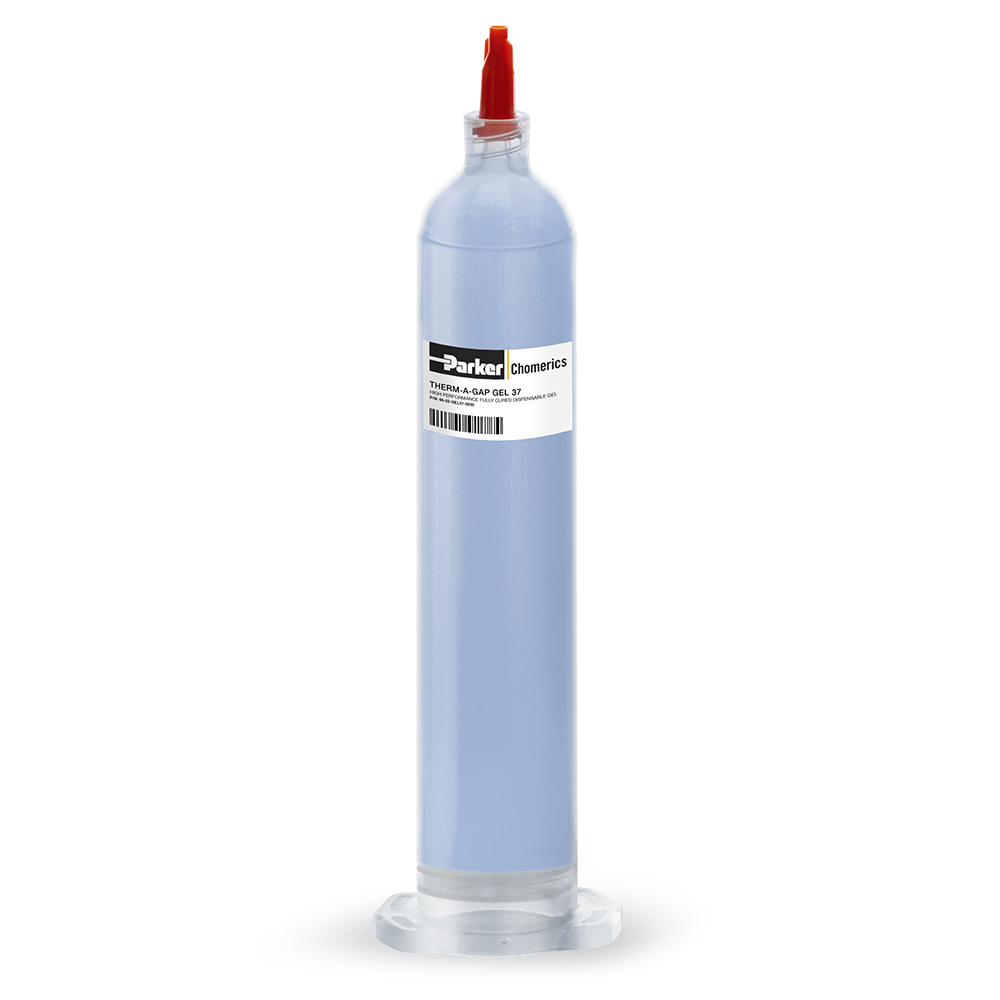
CASE STUDY
Set-Top Cable Box Manufacturer Eliminated Many Thermal Gap Filler Pads
A leading provider of telecommunications equipment needed a cost effective thermal interface material solution to replace gap filler pads on their set-top cable box.
The Challenge: Too Many Types of Thermal Gap Filler Pads
A leader in telecommunications equipment was initially using over 50 different types of thermal gap filler pads, all with different conductivity/thicknesses/shape for different set-top cable boxes. Each set-top box has a different design depending on the end customer or country.
Often times, these set-top cable boxes contained three to four different sized thermal gap pads, each being manually installed, resulting in a high degree of quality issues and scrap. Because of this, the customer needed to hold large amounts of stock of these materials to meet flexibility and demand.

Set-top cable boxes contained three to four different sized thermal gap pads, each being manually installed, resulting in a high degree of quality issues and scrap.
Ready to get started? Contact us now.
Key Customer Design Requirements
- A much more flexible, easy to use/apply thermal interface material was required due to the large manufacturing volumes and to streamline production
- Reduce waste of surplus material - due to the variations in size and thickness of the thermal pads
- Customer required both a silicone thermal material, and a silicone-free material as well
Commercial and Supply Chain Requirements
- Both a silicone and non-silicone thermal material
- Supply chain simplification by reducing the amount of different variations of thermal pads held in stock for each application
- Streamline the manufacturing process, ultimately speed time to market and lower the total cost of ownership
- Material needed to be manufactured locally the customer's production lines across the world, helping to avoid any import supply-chain delays/problems
See How THERM-A-GAP GEL 37 Is Dispensed

Parker Chomerics Developed Solution
The customer switched from manually applying pads to Parker Chomerics THERM-A-GAP GEL 37, which is applied directly onto the customer's parts by automation. This process reduced the production time by half and eliminated any risk of human error. No material was wasted as the dispensing program can be set to dispense exactly the correct amount of gel on to multiple locations on the component in one cycle.
For a few set-top box designs, a non-silicone material was required, so Parker Chomerics THERM-A-GAP GEL 25NS was used. "NS" in the product name denotes non-silicone thermal interface material.
The customer's inventory was reduced from over 50 pads to 2 dispensable gels. The time taken to apply the thermal material on to components was reduced by half.
Parker Chomerics technical team supported the customer with initial in-house set up of dispensing, as well as helping the customer outsource dispensing services globally.
Learn More About Which Thermal Gels Solved Our Customer's Issue
START NOW, CONTACT US
Interested in Parker Chomerics THERM-A-GAP GEL 37? Click below to get a quote!
Sign up for the Parker Chomerics monthly newsletter and keep up to date on everything Chomerics.
By signing up, you'll be the first to know:
- New product releases
- Updated support documentation and articles
- Existing product notifications
- The latest white papers, videos, and much more!

Parker Hannifin Chomerics Division
77 Dragon Ct., Woburn, MA 01801
781-935-4850


